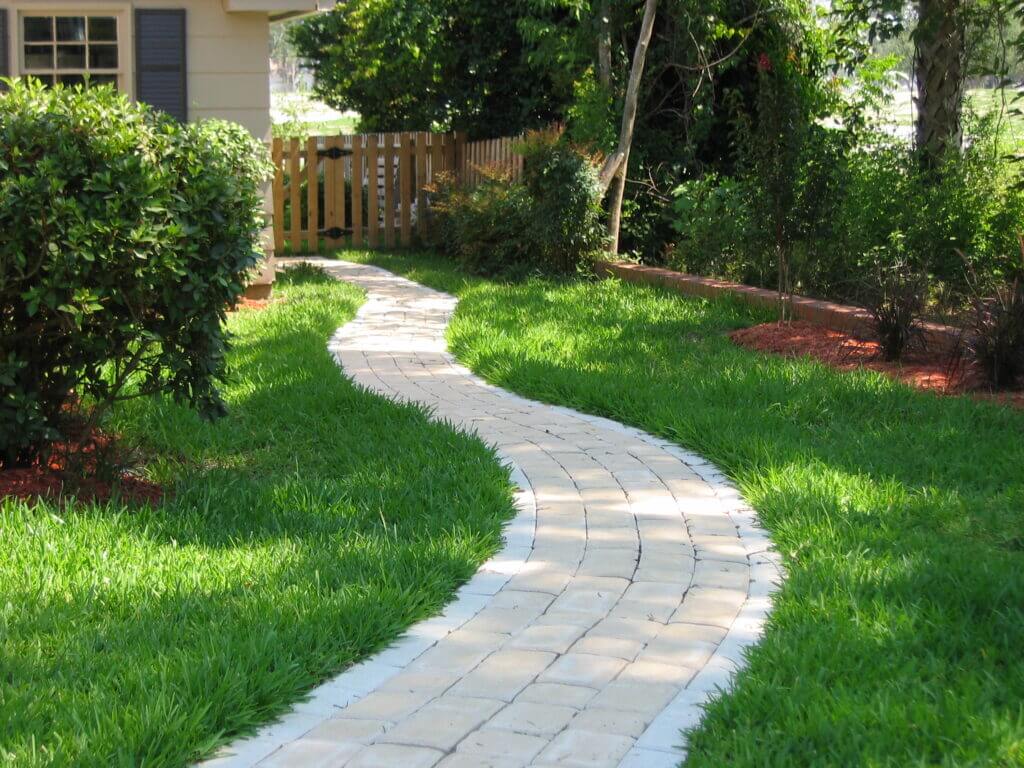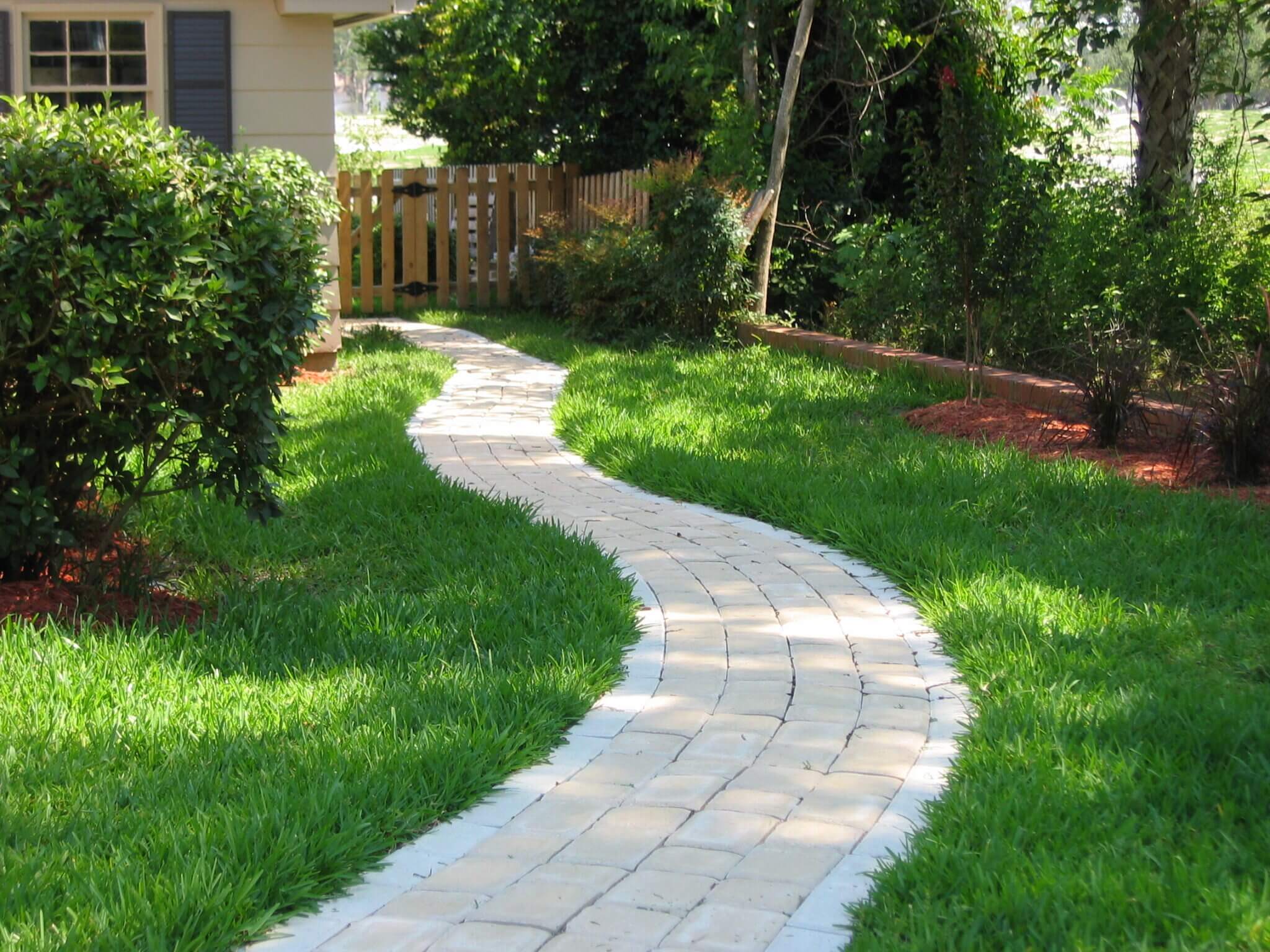Ecological Impacts of Turf & Sod
Turfgrass sod is better at slowing water runoff and preventing erosion.
Seeded slopes show 10 to 12 times greater runoff than sodded slopes during high rates of irrigation or rain. In tests, water soaked into sod at a rate of 7.6 inches per hour, compared with 2.3 to 2.5 inches per hour into seeded slopes. When nitrates are found in nearby groundwater, turf fertilization is sometimes wrongly accused. In fact, tests show that growing turfgrass sod absorbs most fertilizer nitrogen almost immediately, and very little in the way of applied nutrients escape the grass itself. The small amount of phosphate in turf fertilizers is quickly ‘fixed’ by the turfgrass and soil, contributing to plant growth that has many ecological benefits.
Microbes in turfgrass sod help break down chemicals.
The use of pesticides on turf has caused concern. Yet, tests show that dense turfgrass sod slows runoff velocity and allows water to infiltrate where soil microbes degrade the chemicals. Pesticides watered in after application stay in the thin layer of thatch found in healthy turfgrass. The root zones of mature grass plants also provide excellent conditions for more complete herbicide degradation.
Sod helps with groundwater replacement.
Under average rainfall, an acre of turfgrass sod provides an average of 600,000 gallons of water replacement each year. A typical 150-acre golf course located in the Northeast, for example, will recharge the water table with 90 million gallons of rainwater and snowmelt a year. This golf course would use about 9 million gallons of water a year for irrigation, providing a net gain of 81 million gallons for water table replenishment.

Do you know your square footage?
We want to ensure your needs are adequately met when it comes to planning the square footage requirements for turf and sod projects. Not having enough grass to complete a yard can be an inconvenience; too much grass can mean unnecessary added expenses. Here are a few helpful guidelines for calculating your yard area:
How to Calculate Square Footage
- Square or rectangular yards: Length X Width = square footage
- Triangle areas: Width X Height X 0.5 = square footage
- Oval areas: Length X Width X 0.8 = approximate square footage
- Circular areas: (Diameter /2)2 X 3.14 = approximate square footage
helpful square footage guidelines:
- One cubic yard of Compost will top dress roughly 1,000 square feet.
- One cubic yard of compost will mix into 500 square feet when tilled.
- Plugging uses a minimum of 10% of your calculated square footage.
- One sheet of sod will plug an 80-square-foot area at a 10% ratio.
What is Sod Plugging?
Plugging is a popular alternative to sodding. Plugs are cut from a sod sheet, usually 2-4 inch cubes spaced roughly 8 inches (center to center) apart. Plugging requires a higher consumption of water and fertilizer; it also allows a higher chance of weed infestation. Herbicide is not recommended for controlling weeds when plugging as it hinders the growth of the grass.
Turfgrass Lawn Color: Can too much green be bad?
The key factors affecting the green color of turfgrass, beyond its natural color, are nitrogen, sulfur, and iron (manganese plays a minor role). For most turfgrasses, the ‘ultimate’ dark green color is achieved with nitrogen fertilizer. Yet, achieving that ‘ultimate’ green with excessive nitrogen can carry a heavy price in added fertilizer costs and potential damage to your lawn.
Issues Caused by Excessive Nitrogen
Water Stress
Excessive nitrogen causes higher evapotranspiration rates (the rate at which your lawn gives up its moisture to the air). This causes it to use up the water in the roots’ vicinity faster and requires watering more frequently to keep the turfgrass moisture in balance. It also restricts root development, so roots may not be able to reach available water.
Disease
Excessive nitrogen accentuates the effects of diseases and insect injury to grass plants.
Root Dieback
Too much nitrogen can cause roots to die back and decrease in size and number.
Reduced recovery from stress
Too much fertilizer exhausts the carbohydrate reserves of turfgrass, restricting its ability to recuperate and its ability to withstand heat, drought, cold and winter desiccation.
How much fertilizer is too much?
The nitrogen level at which negative effects occur depends on the turfgrass species and cultivar, soil texture, amount and frequency of rain and irrigation, and whether grass clippings are removed or remain on the turfgrass. As a rule of thumb, application rates greater than one pound of actual nitrogen per 1,000 sq. ft. exhaust turfgrass carbohydrates.

